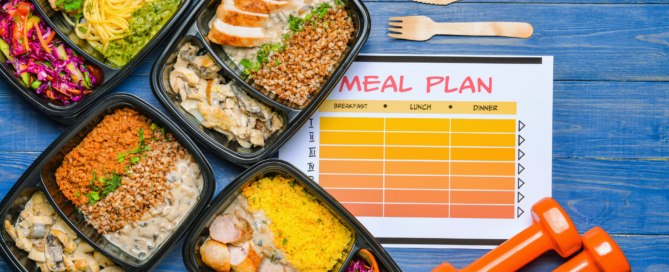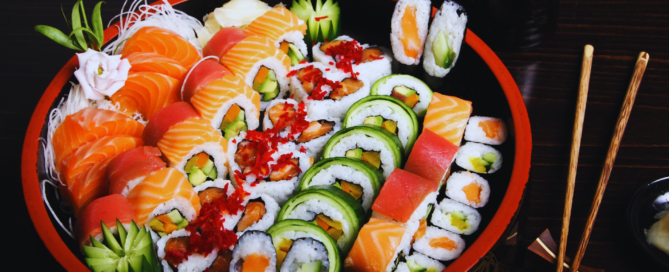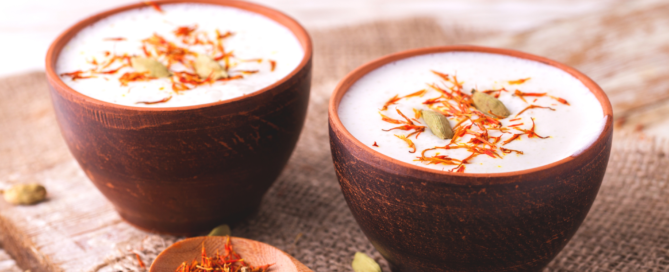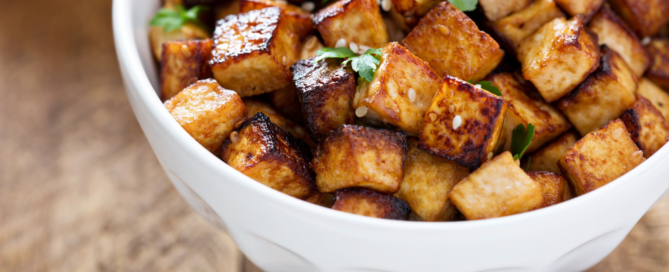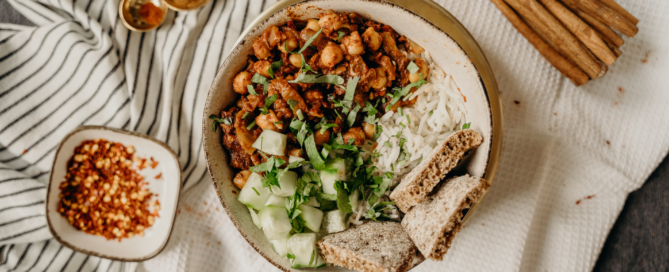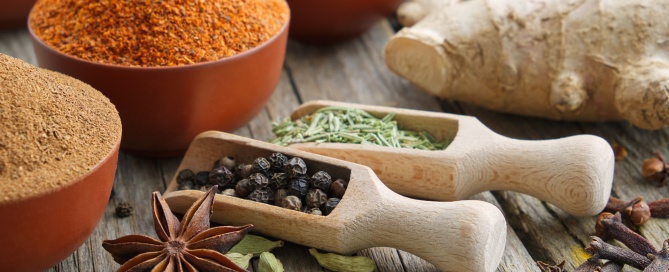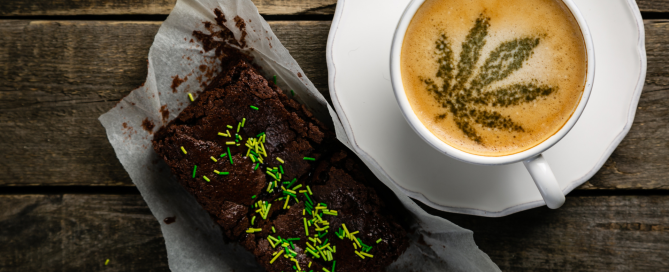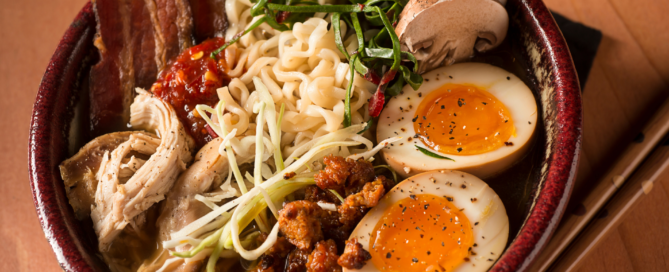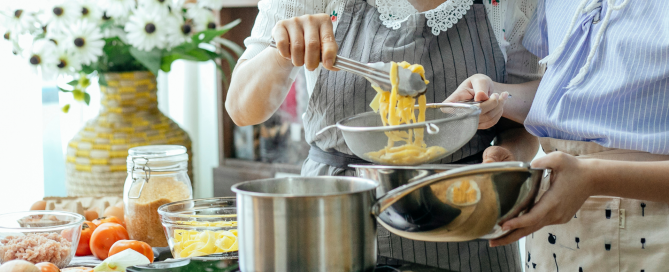Best Food for Weight Loss: Top Choices for Effective Meal Planning
Finding the right food for weight loss can be challenging, especially with so many options available. Incorporating foods rich in nutrients, such as lean proteins, whole grains, and plenty of fruits and vegetables, helps not only in shedding pounds but also in maintaining a healthy weight. These foods provide essential vitamins and minerals while keeping the calorie count in check.
A diet focused on wholesome ingredients promotes satiety, meaning individuals feel fuller for longer, which can prevent overeating. Additionally, balancing macronutrients helps sustain energy levels throughout the day, making it easier to stick to a weight loss plan. Choosing the best foods is not just about losing weight; it’s about fostering a sustainable, healthy lifestyle. This doesn’t come easily to everyone, which is why they may require help from experts such as https://orionhealthwellness.com/, for example, so they can keep at their wellness journey in a productive manner.
Exploring practical options and meal ideas can empower anyone looking to improve their eating habits. Understanding what constitutes the best food for weight loss can lead to informed choices that align with personal dietary goals.
Fundamentals of Weight Loss
Weight loss fundamentally revolves around managing calorie intake while ensuring a balanced diet rich in essential nutrients. Understanding the role of various foods and macronutrients can significantly impact effective weight management.
Understanding Calories and Nutritional Balance
Calories are the energy units derived from foods and beverages. Each person’s caloric needs vary based on factors like age, sex, activity level, and metabolic rate. For weight loss, one must consume fewer calories than their body burns.
A basic understanding of nutritional balance involves combining macronutrients: carbohydrates, proteins, and fats. Eating a mix of these nutrients can help maintain energy levels while promoting weight loss. Focusing on nutrient-dense foods that are lower in calories, such as leafy greens and whole grains, can support a healthier weight loss journey. It’s crucial to monitor portion sizes to avoid excess calorie consumption.
Importance of Whole Foods and Fiber
Whole foods are minimally processed and packed with nutrients, making them an essential part of a weight loss diet. Foods like fruits, vegetables, whole grains, beans, and legumes provide vital vitamins and minerals.
Fiber plays a key role in weight loss by enhancing satiety. High-fiber foods take longer to digest, helping individuals feel full for extended periods. Incorporating fiber-rich foods can mitigate hunger cues and reduce the temptation to snack on unhealthy options. Foods such as oats, lentils, and vegetables are excellent sources of fiber.
Proteins Role in Satiety and Weight Management
Protein is vital for muscle maintenance and can significantly impact weight management. Foods high in lean protein, such as chicken, fish, and eggs, promote satiety and help reduce overall calorie intake.
Studies show that a higher protein intake may decrease hunger levels, leading to less frequent snacking. Including protein in each meal helps stabilize blood sugar levels and maintain energy throughout the day. This balance is crucial for anyone aiming to lose weight effectively while preserving muscle mass.
Best Food Groups for Weight Loss
A thoughtful selection of food groups can significantly aid in weight loss efforts. Focus on high-nutrient options that promote fullness, reduce appetite, and provide essential vitamins and minerals.
Vegetables: Versatile and Nutrient-Dense
Vegetables are foundational in a weight loss diet. They are low in calories but high in fiber, which helps to keep individuals feeling full. Cruciferous vegetables like broccoli, kale, and cauliflower offer unique health benefits and are packed with essential nutrients.
Leafy greens are especially important; they are rich in vitamins A, C, and K while being low in calories. Eating a variety of colors ensures a broad intake of nutrients. Including vegetables in every meal can aid weight management by minimizing overall calorie intake.
Fruits: Natural Sugars and Essential Vitamins
Fruits provide natural sugars along with vital vitamins and minerals. Berries, such as strawberries, blueberries, and raspberries, are particularly beneficial due to their high fiber content and antioxidants.
Whole fruits are preferable to juices as they contain fiber, which helps regulate blood sugar levels and aids digestion. Including a range of fruits in the diet can satisfy sweet cravings while still aligning with weight loss goals.
Lean Meats and Fish: High-Quality Proteins
Lean meats like chicken and turkey, along with fish such as salmon and shrimp, are excellent sources of high-quality protein. Protein plays a crucial role in building muscle and enhancing satiety.Fatty fish, rich in omega-3 fatty acids, contribute to heart health while providing necessary nutrients. Incorporating these proteins into meals can help maintain muscle mass during weight loss, making them essential in any effective diet plan.
Whole Grains and Legumes: Energy and Fullness
Whole grains like quinoa and oats, alongside legumes such as lentils and peas, deliver both energy and important fiber. These foods work to promote a feeling of fullness and stabilize energy levels throughout the day.
Fiber aids digestion and slows glucose absorption, which is beneficial for weight management. Choosing whole grains over refined options enhances nutrient intake while supporting overall health during weight loss efforts. Including nuts and seeds as snacks can also provide healthy fats and additional protein, rounding out a balanced diet.
Effective Diet Strategies for Sustainable Weight Loss
Adopting effective diet strategies can facilitate sustainable weight loss. Key components include meal planning, understanding portion control, and incorporating healthy food choices that support both physical and emotional well-being.
Meal Planning and Portion Control
Meal planning helps individuals make informed choices about their food intake. By preparing meals in advance, they can ensure balanced nutrition and avoid impulsive eating. Portion control is crucial for maintaining a healthy energy balance. Using smaller plates can trick the mind into feeling satisfied with less food. Measuring servings, especially for high-calorie items like nuts or dressings, helps maintain proper portions.
Including a variety of whole foods such as lean proteins, vegetables, and healthy fats increases satiety. Foods like potatoes and brown rice can be filling while still being nutrient-dense. Employing these strategies not only supports weight loss but also encourages a healthier relationship with food.
Incorporating Healthy Fats and Whole Grains
Healthy fats, like those found in avocados, nuts, and seeds, provide essential nutrients while promoting satiety. These fats help individuals feel fuller for longer, reducing the likelihood of snacking on less healthy foods.
Whole grains, such as brown rice and quinoa, should replace refined grains. They have a higher fiber content, which contributes to fullness and better digestion. Foods rich in fiber slow down digestion, promoting longer satiety between meals. Combining healthy fats with whole grains can enhance meal flavor and texture, making it easier to stick to a nutritious eating plan. This approach supports energy levels throughout the day, helping maintain motivation for exercise.
Hydration and its Impact on Weight Loss
Adequate hydration is essential for effective weight management. Water supports metabolism and aids in digestion. Drinking water before meals can help control appetite by promoting a sense of fullness.
Incorporating foods with high water content, such as fruits and vegetables, further supports hydration. Foods like cucumbers, watermelon, and yogurt can be filling while providing essential nutrients. Those mindful of their hydration not only manage cravings better but also support overall bodily functions. It is important to recognize the difference between hunger and thirst, as dehydration can often be mistaken for hunger.
Understanding and Managing Cravings
Cravings can derail progress if not managed effectively. Understanding triggers-be it emotional stress or visual cues-can help individuals develop healthier coping mechanisms. High-protein foods, such as Greek yogurt or chia seeds, can curtail cravings due to their ability to promote fullness. They stabilize blood sugar levels, reducing the likelihood of sudden hunger pangs.
Incorporating regular exercise and ensuring proper sleep also play significant roles in managing cravings. It is easier to resist temptation when well-rested and engaged in physical activity. Balancing these elements creates a supportive environment for sustainable weight loss.
Supportive Lifestyle Choices Beyond Diet
A well-rounded approach to weight loss encompasses more than just diet. Incorporating exercise, managing sleep and stress, and acknowledging genetic factors can all significantly enhance weight loss efforts.
The Role of Exercise in Weight Loss
Exercise is a vital component of any weight loss plan. Engaging in regular physical activity increases metabolic rate, allowing the body to burn more calories even at rest. Cardio exercises, such as running or cycling, help reduce belly fat and improve cardiovascular health.
Strength training is equally important; it aids in muscle building, which contributes to higher calorie expenditure. A combination of both aerobic and anaerobic workouts provides a balanced approach to fitness. Incorporating activities that boost satiety, such as yoga or pilates, can also enhance mental well-being. This holistic integration of exercise promotes a sustainable healthy lifestyle.
Sleep and Stress Management
Quality sleep is essential for weight loss. Insufficient sleep can disrupt hormone levels, leading to increased appetite and cravings, particularly for sugary foods. Aiming for 7-9 hours of quality sleep each night can help regulate hormones like ghrelin and leptin, which control hunger and satiety.
Managing stress is equally crucial. Chronic stress can lead to emotional eating and weight gain. Techniques like mindfulness, meditation, or deep breathing exercises assist in reducing stress levels. Building healthy coping mechanisms can ultimately support weight management goals.
Understanding the Role of Genetics and Metabolism
Genetics plays a significant role in an individual’s weight loss journey. Factors such as metabolic rate, body composition, and even preferences for certain foods can be inherited. Some individuals may have a faster metabolism, allowing them to burn calories more efficiently. Conversely, others may find it more challenging to shed weight due to genetic predispositions.
Gut health is another genetic factor that influences weight. A balanced gut microbiome can enhance nutrient absorption and promote better metabolic function. Understanding these influences allows for a more tailored approach to weight loss strategies.
